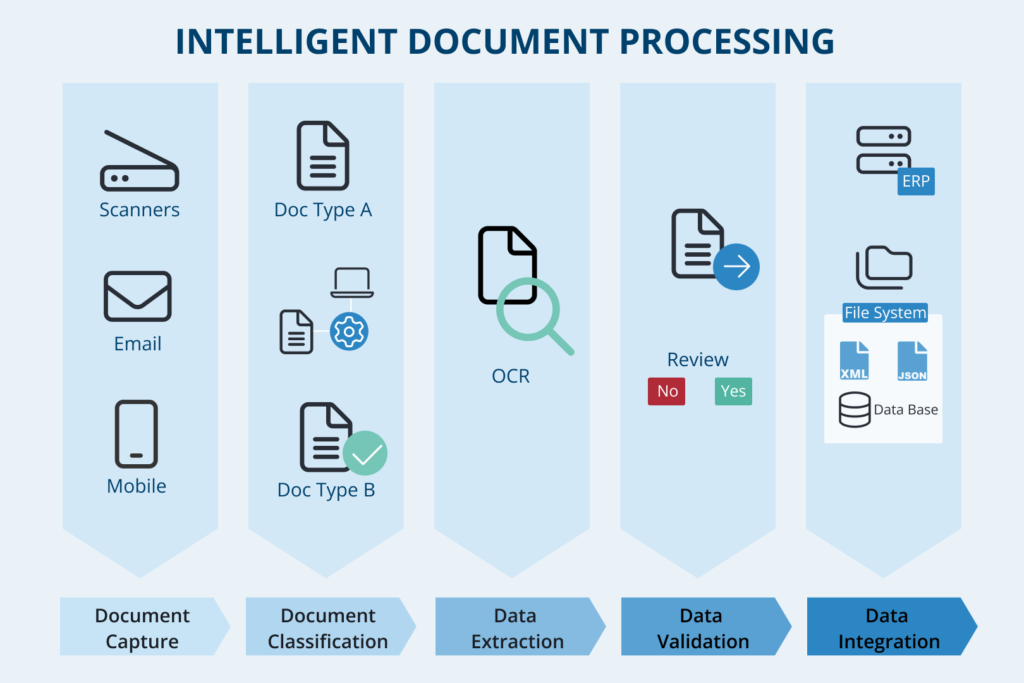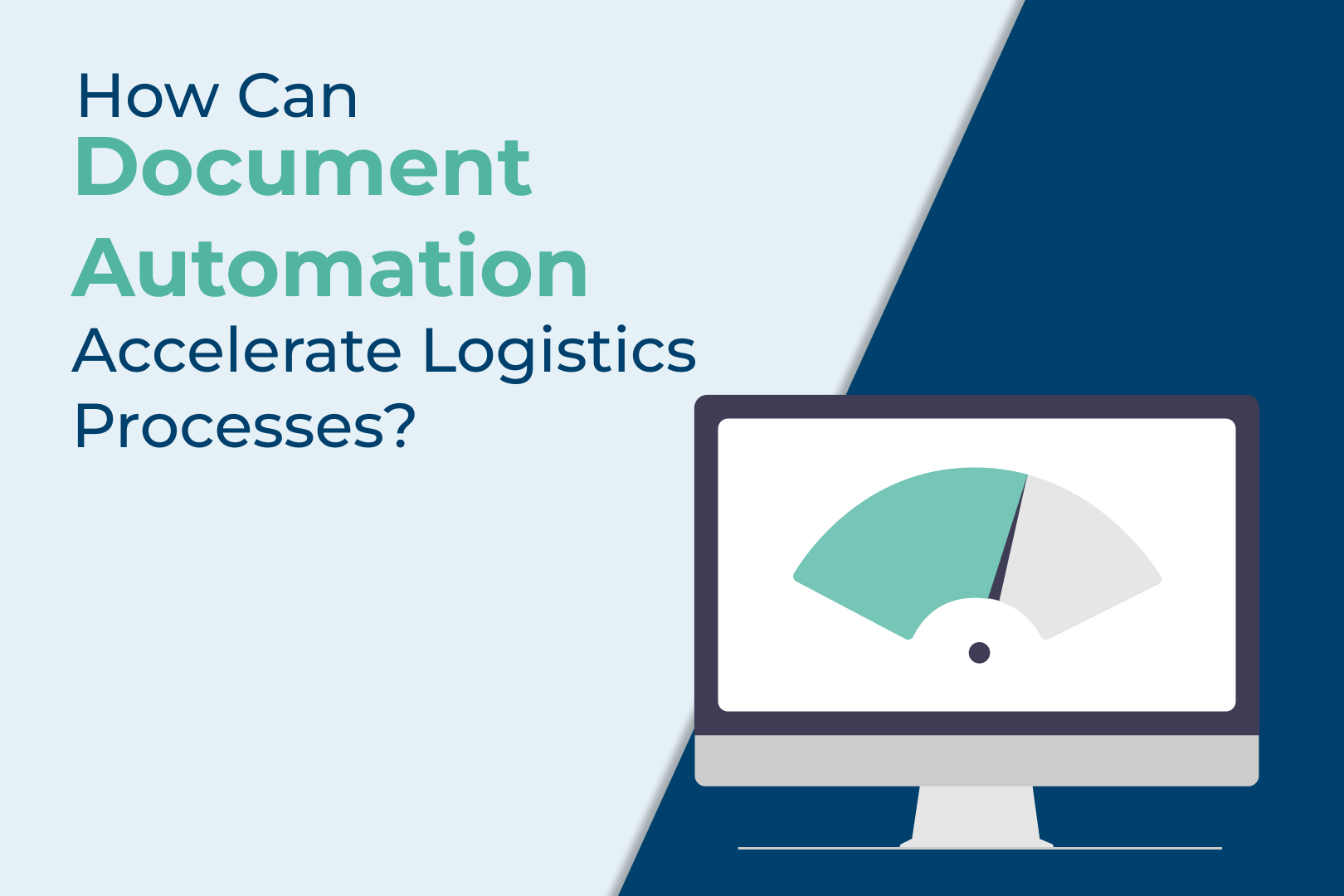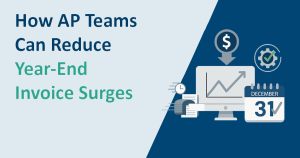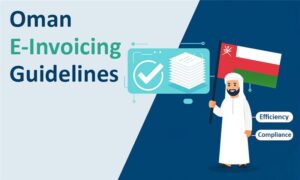Introduction
Logistics and transportation industry is the backbone of global trade, connecting manufacturers and consumers across cities and countries. The logistics sector provides efficient transport services by land, air, and water, while adapting to the changing nature of economic patterns and digitization. According to a Statista report, the industry is expected to exceed US $ 14.08 trillion by 2028.
Addressing the elephant in the room
Delivering goods to their end destination is just one facet of the logistics industry. What often goes unnoticed are the crucial documents that back the entire process.
According to the current trade scenario, documentation for one shipment can require up to 50 sheets of paper that are exchanged with up to 30 different stakeholders.
The dicey issue is that the logistics and transportation industry heavily relies on manual document processing and data entry tasks, which are not only time-consuming but also highly error-prone and labor-intensive.
To know more about document processing- read our IDP Ebook
Challenges in Logistics industry due to manual processes:
Manually processing documents may be manageable at a smaller scale but not feasible as the logistics carrier expands its business. These are some of the challenges in logistics documentation:
- At every stage in logistics, a different document is generated until it reaches the end consumer. These typically include long tables listing information about shipped goods (description, quantity, unit price, origin source, route, address etc.) that need to be entered into the system.
- Logistics documents like freight invoices, packing lists, Purchase Orders (POs) come in diverse formats and layouts from different suppliers which often leads to misinterpretation of data.
- Shipping labels often contain QR codes, bar codes, or data in different languages that need to be decoded or translated before viewing it.
- PO and Sales Order (SO) are other important documents that contain transaction details, information about the parties involved, items, and delivery details. The accuracy of this data is important as it is used for approvals and payments.
- Companies have to process hundreds of Bills of Lading (BoL) each day, that contain vital information regarding items, sources, destinations, freight charges, and more. In case of any error or discrepancy in this data, there are strict rules that can stall the entire consignment.
- Depending on the nature of the consignment, packing lists can be multiple pages long and contain high volumes of information. Manually processing these lists leads to higher costs due to the need for more staff, longer processing times, and increased errors.
Shipment data only keeps increasing, even while old shipments are incomplete, resulting in backlog.
Logistics tasks that Intelligent Document Processing (IDP) can Automate
In logistics, documents like freight invoices, purchase orders, bills of lading, and customs declarations are required to be checked at multiple locations. Unlike traditional methods, IDP goes beyond mere data capture; it provides a comprehensive solution enabling advanced automation, accuracy and efficiency.

1. Document Capture and classification
In IDP systems, document capture can automatically process any type of document such as structured documents (like invoices), unstructured documents (like emails) and handwritten documents instantly. Consider having 100 documents, out of which 30 are delivery notes and 70 are invoices. From the content and format, IDP can automatically classify the document if it’s an invoice or note and further send for extraction accordingly.
2. Data Extraction
After classification, IDP extracts the relevant data from the documents as instructed. It targets specific information – such as enterprise names, invoice number, address, costs, technical specifications, etc. IDP’s precise data extraction across any format allows for a superior level of accuracy. From here the data can be processed in desired formats, entered into database/system or translated into different languages.
3. Data Validation
The system also allows us to validate the data extracted to ensure 100% accuracy before integration. With a human-in-the-loop environment and no code interface, the extracted information can be validated, corrected in case of errors, and approved before further processing.
4. Data Integration
After validation, extracted data can be used for various purposes, including feeding the extracted data to the target systems (CRM, ERP, spreadsheets, etc.), routing the data to concerned end users and more. IDP seamlessly integrates with ERP system for efficient data flow. For instance, the data extracted from invoices can be routed to the accounts payable department.
Ending Note
Manual document processing brings a plethora of issues and drawbacks to logistics companies. It adds cost, makes the workflow cumbersome and is error prone.
With Intelligent Document Processing and adopting industry best practices, logistics and transportation sector can unlock its full potential and stay ahead of the competition.
On boarding IDP solution, equipped with technologies like Machine learning (ML), Optical Character Recognition (OCR), and Natural Language Processing (NLP), can enable logistics companies to handle large volumes of documents without compromising on speed or accuracy.


